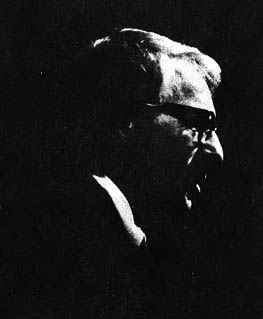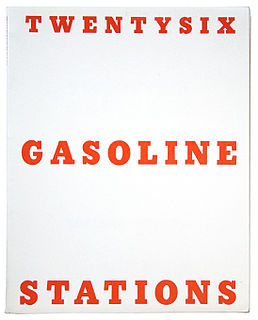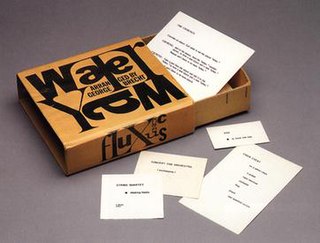 W
WThe following is a list of works by Ray Bradbury.
 W
WBlues People: Negro Music in White America is a seminal study of Afro-American music by Amiri Baraka, who published it as LeRoi Jones in 1963. In Blues People Baraka explores the possibility that the history of black Americans can be traced through the evolution of their music. It is considered a classic work on jazz and blues music in American culture. The book documents the effects of jazz and blues on American culture, at musical, economic, and social levels. It chronicles the types of music dating back to the slaves up to the 1960s. Blues People argues that "negro music"—as Amiri Baraka calls it—appealed to and influenced new America. According to Baraka, music and melody is not the only way the gap between American culture and African-American culture was bridged. Music also helped spread values and customs through its media exposure. Blues People demonstrates the influence of African Americans and their culture on American culture and history. The book examines blues music as performance, as cultural expression, even in the face of its commodification. To Baraka, Blues People represented "everything [he] had carried for years, what [he] had to say, and [himself]". The book is deeply personal and chronicles what brought him to believe that blues was a personal history of his people in the United States. The resonance and desperation of this type of music is what compelled Baraka to learn about the history of blues music. He learned through his studies that the "Africanisms" is directly related to American culture, rather than being solely related to Black people. Baraka dedicates the book "to my parents ... the first Negroes I ever met".
 W
WThe Dot and the Line: A Romance in Lower Mathematics (ISBN 1-58717-066-3) is a book written and illustrated by Norton Juster, first published by Random House in 1963.
 W
WFour Prophets: Amos, Hosea, First Isaiah and Micah: A Modern Translation from the Hebrew by J. B. Phillips is a modern translation from Hebrew sources of the books of Amos, Hosea, First Isaiah and Micah by scholar J. B. Phillips. The book was published in 1963 Macmillan in the US and Geoffrey Bles in the UK. Phillips also published The New Testament in Modern English. The remainder of the Old Testament was never completed by him.
 W
WTwentysix Gasoline Stations is the first artist's book by the American pop artist Ed Ruscha. Published in April 1963 on his own imprint National Excelsior Press, it is often considered to be the first modern artist's book, and has become famous as a precursor and a major influence on the emerging artist's book culture, especially in America. The book delivers exactly what its title promises, reproducing 26 photographs of gasoline stations next to captions indicating their brand and location. From the first service station, 'Bob's Service' in Los Angeles where Ruscha lived, the book follows a journey back to Oklahoma City where he had grown up and where his mother still lived. The last image is of a Fina gasoline station in Groom, Texas, which Ruscha has suggested should be seen as the beginning of the return journey, 'like a coda'.
 W
WView from a Height is a collection of seventeen scientific essays by American writer and scientist Isaac Asimov. It was the second of a series of books collecting essays from The Magazine of Fantasy and Science Fiction, written between 1959 and 1962. It was first published by Doubleday & Company in 1963.
 W
WWater Yam is an artist's book by the American artist George Brecht. Originally published in Germany, June 1963 in a box designed by George Maciunas and typeset by Tomas Schmit, it has been re-published in various countries several times since. It is now considered one of the most influential artworks released by Fluxus, the internationalist avant-garde art movement active predominantly in the 1960s and '70s. The box, sometimes referred to as a Fluxbox or Fluxkit, contains a large number of small printed cards, containing instructions known as event-scores, or fluxscores. Typically open-ended, these scores, whether performed in public, private or left to the imagination, leave a lot of space for chance and indeterminancy, forcing a large degree of interpretation upon the performers and audience.In some cases [event-scores] would arise out of the creation of the object, while in others the object was discovered and Brecht subsequently wrote a score for it, thus highlighting the relationship between language and perception. Or, in the words of the artist, "ensuring that the details of everyday life, the random constellations of objects that surround us, stop going unnoticed." The event-score was as much a critique of conventional artistic representation as it was a gesture of firm resistance against individual alienation.